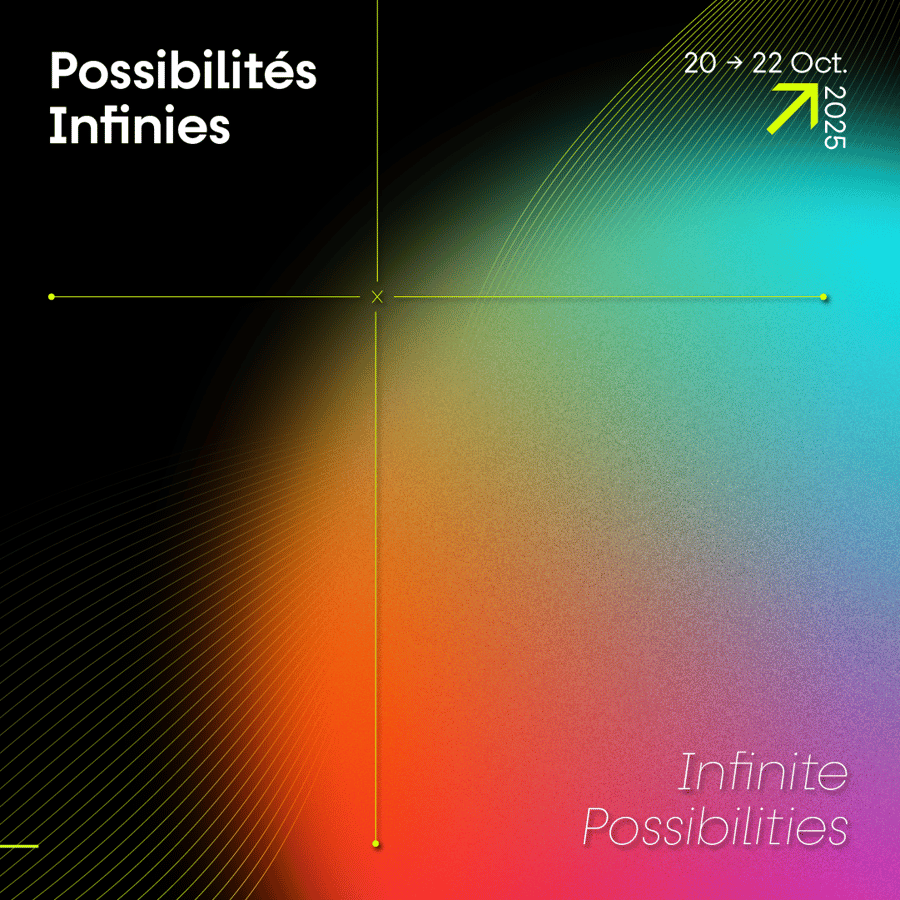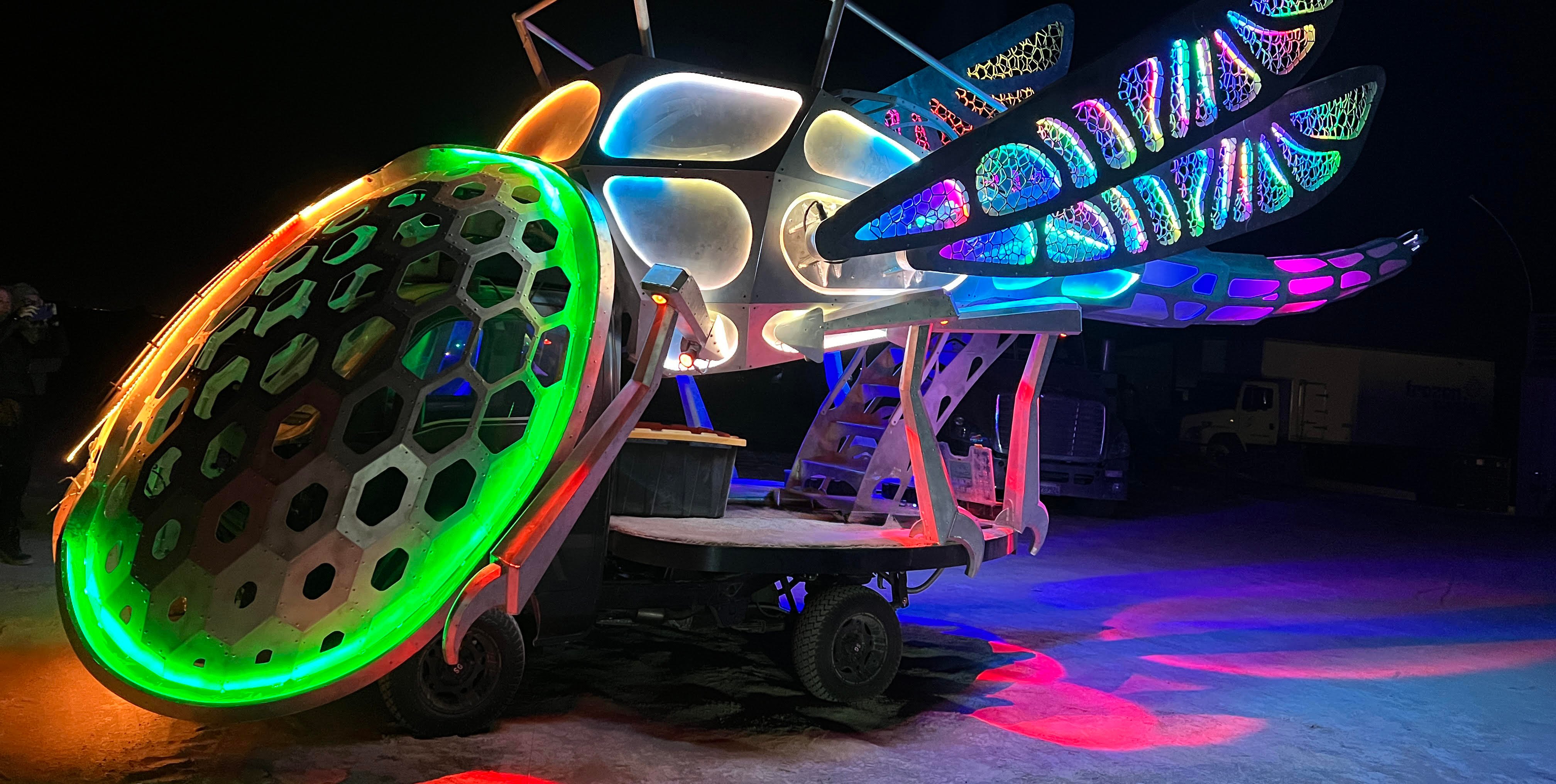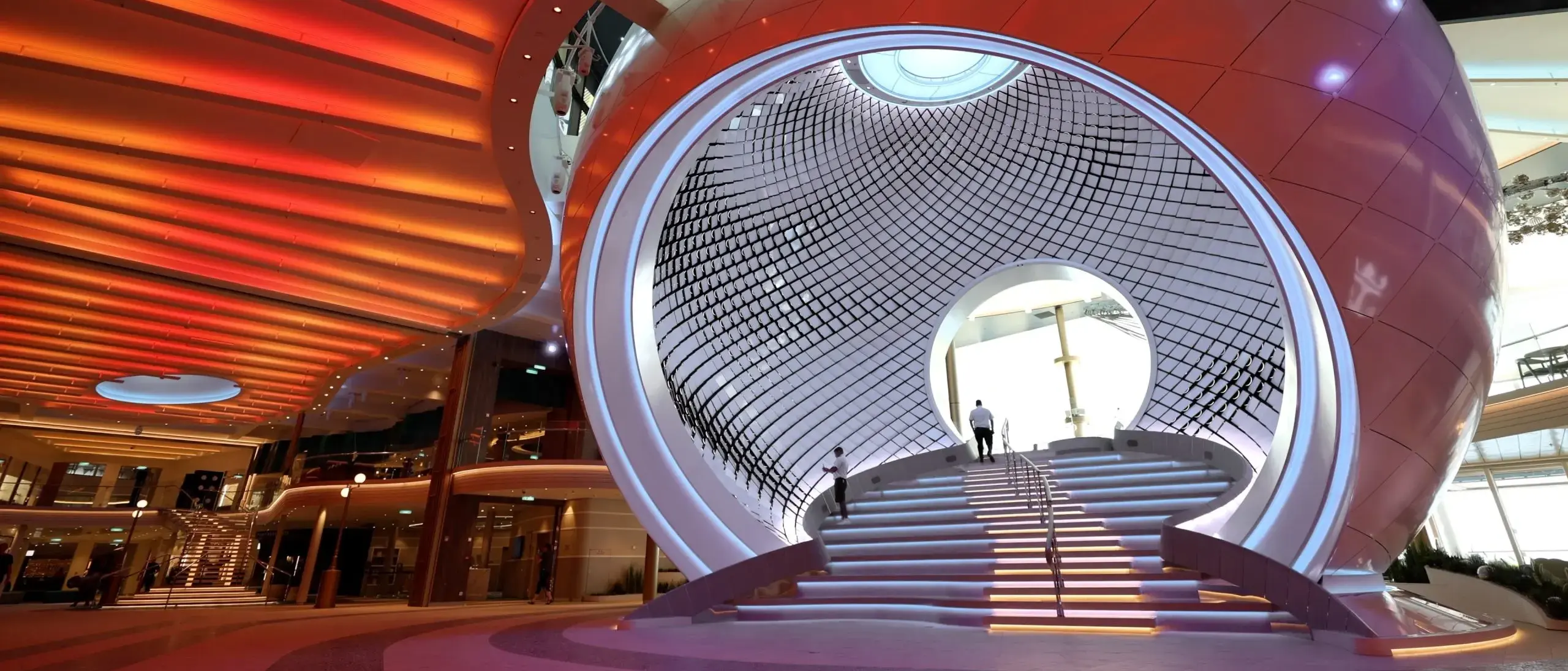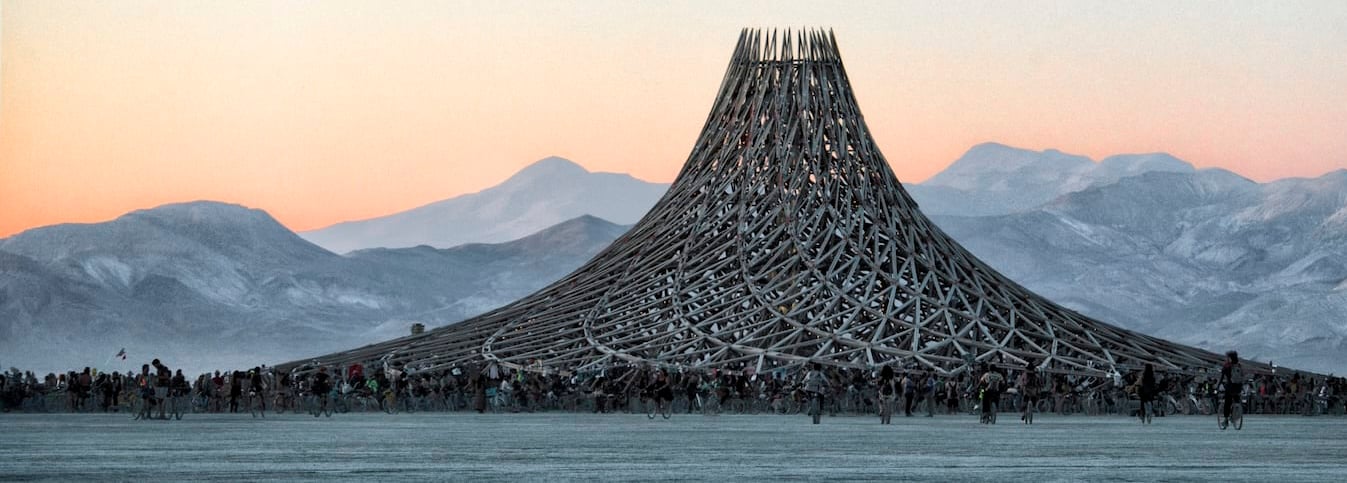5 Projects Exploring the Power and Presence of the Human Form in Public Art
The human form has long been central to artistic expression, from prehistoric cave paintings to Renaissance masterpieces. But in today’s world, shaped by technology, pluralism, and public discourse, the way artists reflect the human image is evolving. In this article we turn our gaze to the body: not just as subject, but as symbol, surface, and space. We explore how contemporary artists use the human figure — both literal and abstract — to transform the built environment, honor memory, spark dialogue, and affirm our shared humanity.
Whether cast in bronze, etched in glass, built for play, or filtered through abstraction, the human form is an anchor. It connects viewer and subject, maker and place. And in the hands of today’s public artists, it becomes a versatile and profound tool — projecting dignity, empathy, humor, and awe into our daily landscapes.
Lifelike Sculptures and the Power of Recognition
There is something deeply compelling in seeing the body rendered with such precision that we feel we could reach out and touch it. In Flora by artist Marlana, the statue named Flora demonstrates that humans can achieve greatness through respect, humility, and small acts of kindness. She is meant to represent people who may not always feel seen or heard, but whose unseen actions are important in society. The sculpture, installed in a garden in Pittsburgh, reminds us of interiority, of presence, of the simple act of being.

Clothing the Body: Identity and Representation
The power of the human figure is also explored through clothing — what it reveals, what it conceals, and what it symbolizes. Hoodie by Michael Stutz is a bold and moving sculpture of a large head cloaked in a hoodie—an instantly recognizable garment laden with cultural and political meaning. In the context of systemic racism and identity politics, this simple garment becomes a charged signifier. Stutz’s work makes space for contemplation, grief, and pride, turning a stylized human bust into a monument of resilience.

Monuments and Memory: The Body as Witness
In Ruins of Empire by Kiyan Williams, the fragmented body represents the Statue of Freedom, a historic bronze monument atop the U.S. Capitol Building. The sculpture becomes a testament to both destruction and survival. The piece features a partially submerged monument, its classical torso cracked and eroded, yet still standing. Commissioned by the Public Art Fund and installed in Brooklyn’s Prospect Park, the work speaks to imperialism, erasure, and historical trauma. It is a human figure undone and enduring—a visual metaphor for the legacy of colonial violence and the persistence of identity.


Figuration and Abstraction: The Body as Idea
Today’s artists often blur the lines between figuration and abstraction, allowing the human form to resonate across cultures and contexts. FigHand by Carolyn Salas, made of powder-coated aluminum, includes a figure recognizably human, yet ambiguous in intent. The simplified human figure is accessible yet also offers layered iconographic and art historical references, including nods to ancient Egyptian carvings and modernist sculptors such as Brancusi. The idea of the body gives the piece its power.

In Ridge Hill Playground Structure by Tom Otterness, the abstracted form of a climbing body becomes a framework for movement and joy. This looping structure invites children to move through it, on it, and around it—turning the body into both subject and participant. By abstracting the human form into playful, interlocking shapes, the piece becomes an experiential celebration of physicality and exploration.

Conclusion: The Figure as Common Ground
From liturgical windows and playgrounds to protest sculptures and civic monuments, the human form remains an enduring and adaptable force in public art. It is our shared starting point, recognizable in any language, culture, or medium. Contemporary artists are breathing new life into this ancient subject. Whether abstract or literal, solitary or collective, playful or political, each artwork invites us to consider our own humanity reflected in public space.
More from CODAzine
Subscribe to CODAzine
Relevant posts
Your ad here
Related Posts

5 Public Art Projects Seamlessly Integrating Glass and Architecture

The Sublime Expression of Nature in the Artwork of James Tapscott




